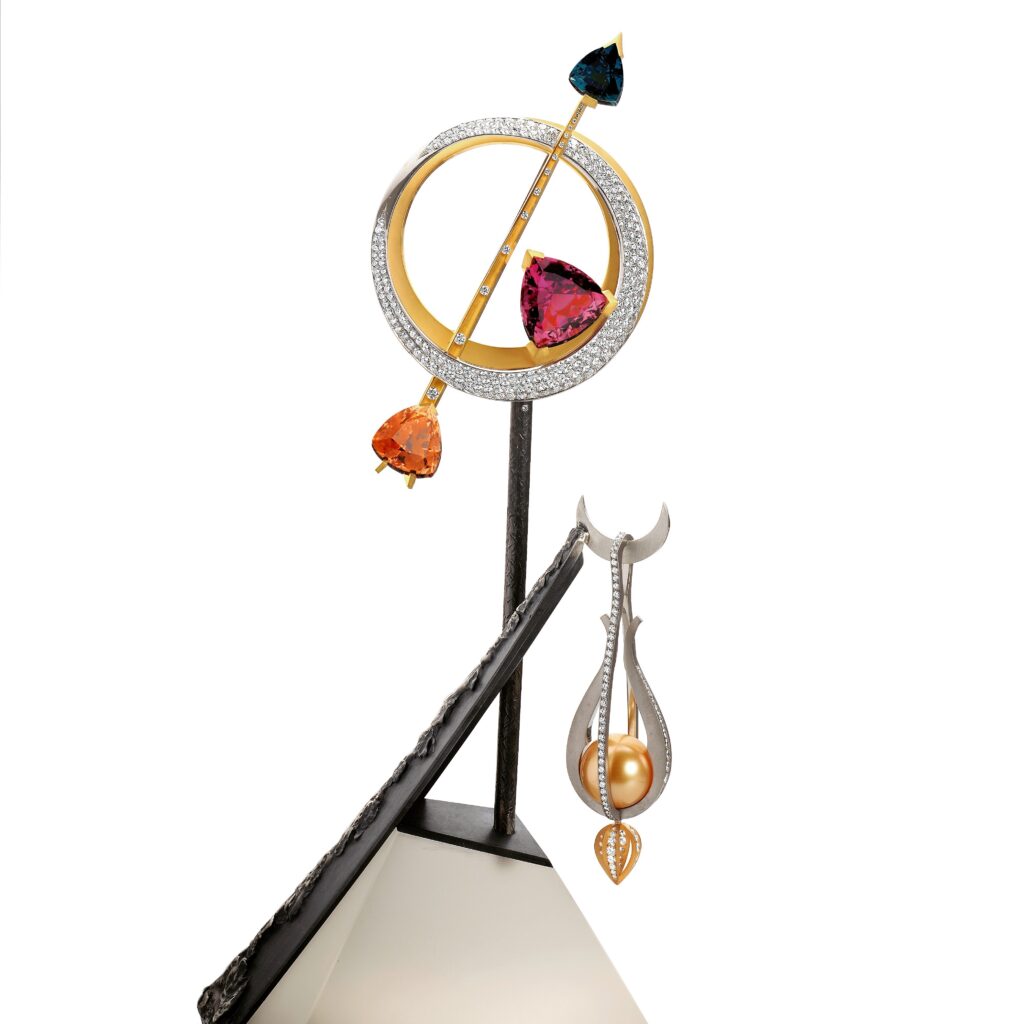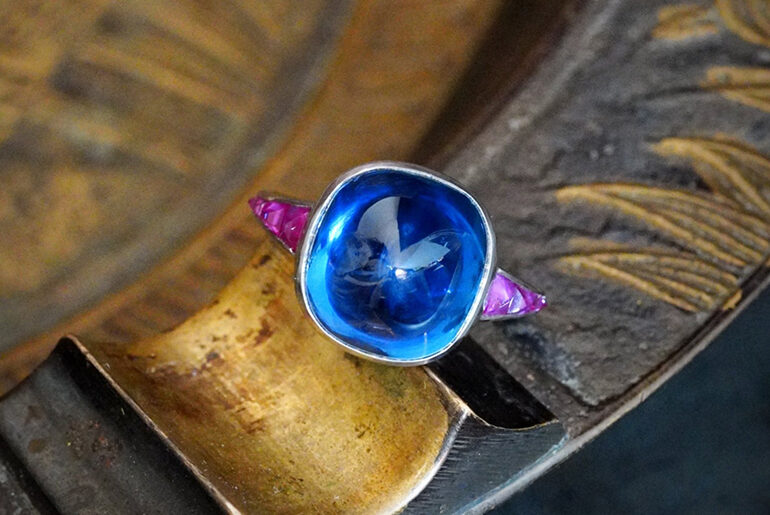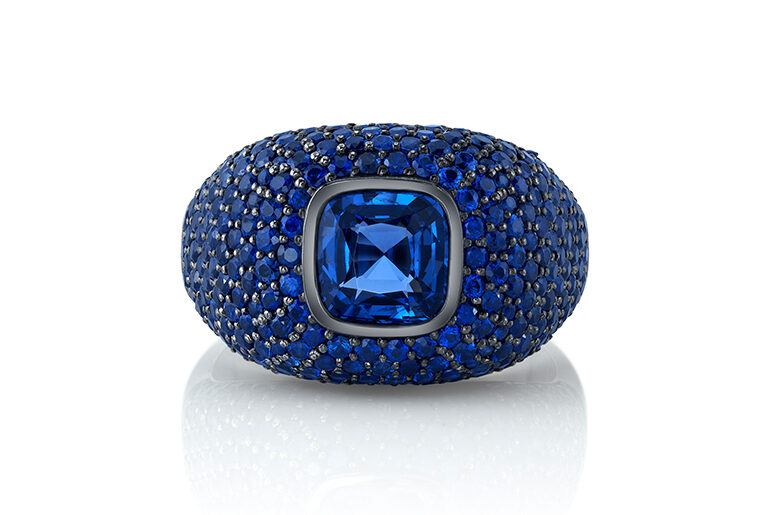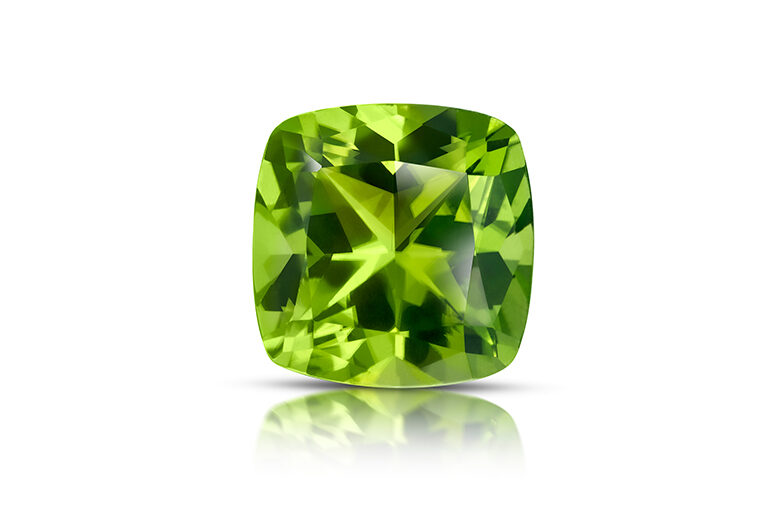In this series, we ask gem lovers: If you were to die and could come back as a gem, which one would it be, and why?
Shelly Sergent has spent more than 40 years in the jewelry industry and is currently the curator for a world-class gem and jewelry collection, Somewhere In The Rainbow. Its mission is to bring hands-on education, understanding and appreciation of fine colored gems and artisan-crafted jewelry to museums, retail stores and educational facilities dedicated to enjoying and appreciating the rarity, beauty and value of these gems and master artisans’ works.
“Tourmaline is my next-life gemstone and I think I’m the luckiest lady. My colors would be endless, my origin could be anywhere in the world and yet, each time one sees me, they’ll find depth of rich color, as well as my softer, pastel tones, which truly personify me, as a curator and passionate industry student,” Sergent says.

Tourmaline is the newer October birthstone (the other is opal) and given on the eighth wedding anniversary. The name comes from the Sinhalese word “toramalli”, which means “stone with mixed colors,” because it often has several colors in one crystal. Few gems match tourmaline’s extraordinary assortment of colors, and instances of mistaken identity continued for centuries until scientists recognized tourmaline as a distinct mineral species in the 1800s. One of the “rubies” in the Russian crown jewels, the Caesar’s Ruby pendant, is actually red (rubellite) tourmaline. Green tourmaline crystals found in Brazil in the 1500s were confused with emerald.

Different colors of tourmaline are thought to have various healing properties; black tourmaline is believed to protect the wearer and give a sense of self-confidence while pink tourmaline embodies love and is associated with compassion and gentleness. Green tourmaline is said to promote courage, strength and stamina.
“Given tourmaline’s use in medicinal remedies, cosmetic purposes, diversity and sheer beauty, I would benefit many aspects of peoples’ lives and that alone brings me a smile, to know that around the world, I would make others happy and help cure ailments,” Sergent shares.
Main image: Shelly Sergent. (Shelly Sergent)





Comments are closed.